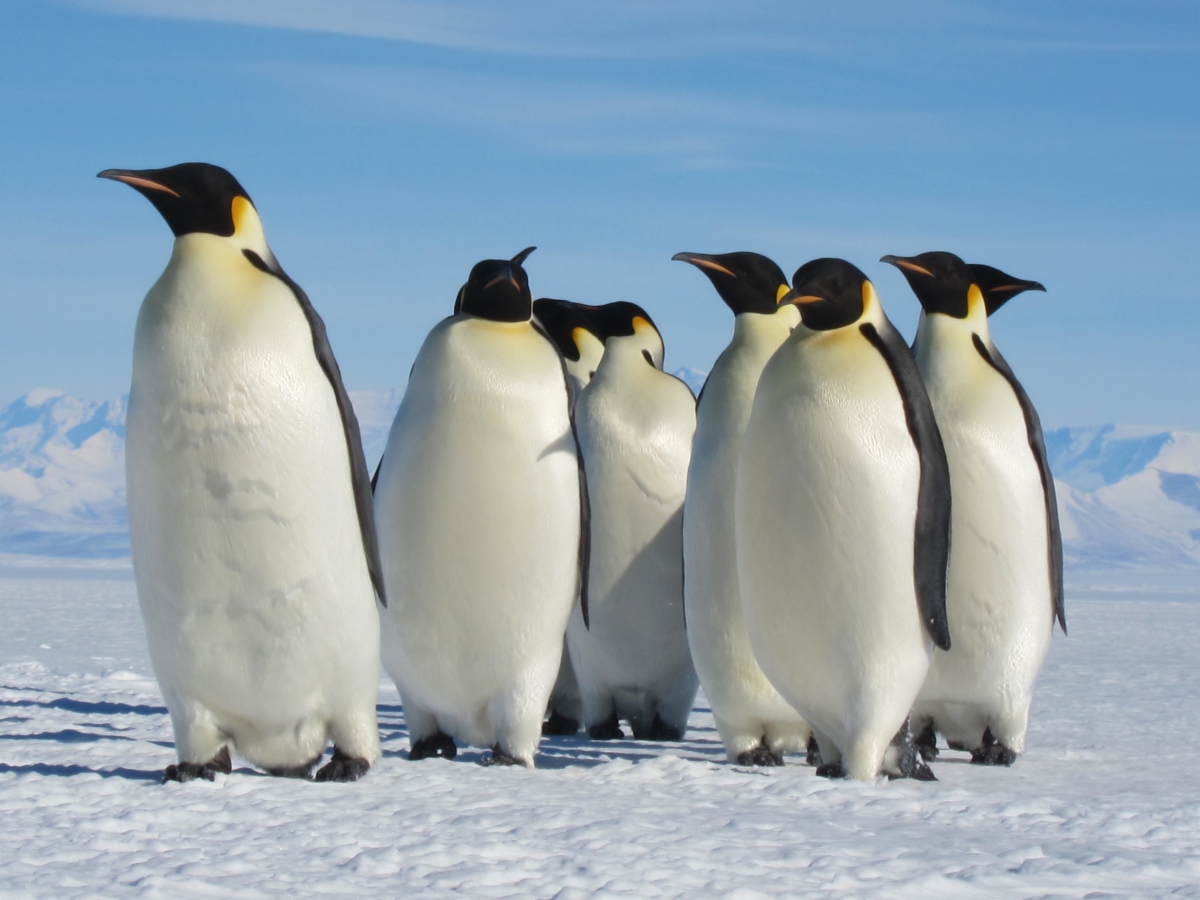-
By Hannah OsborneJune 20, 2014

Emperor penguins do not go to breed in the same place every year.sandwich/Flickr
 This colony has been studied for over 60 years and in recent times,
researchers have become increasingly concerned that retreating sea ice
will have an adverse effect on the colony. In the late 1970s, the Pointe
Géologie population declined by half, which was thought to have been
due to poor survival rates as a result of warming temperatures.
This colony has been studied for over 60 years and in recent times,
researchers have become increasingly concerned that retreating sea ice
will have an adverse effect on the colony. In the late 1970s, the Pointe
Géologie population declined by half, which was thought to have been
due to poor survival rates as a result of warming temperatures.However, the researchers have now found this is not necessarily the case, with researchers discovering penguins may have adapted to the changing environment better than expected. Penguins from the Pointe Géologie sometimes visit different areas to have chicks.
Lead author Michelle La Rue said: "Our research showing that colonies seem to appear and disappear throughout the years challenges behaviours we thought we understood about emperor penguins. If we assume that these birds come back to the same locations every year, without fail, these new colonies we see on satellite images wouldn't make any sense. "These birds didn't just appear out of thin air—they had to have come from somewhere else. This suggests that emperor penguins move among colonies. That means we need to revisit how we interpret population changes and the causes of those changes."
La Rue said their findings might indicate that the birds did not die in the 1970s, but had just moved to one of the different spots to breed. "If we want to accurately conserve the species, we really need to know the basics. We've just learned something unexpected, and we should rethink how we interpret colony fluctuations."
source


















No comments:
Post a Comment